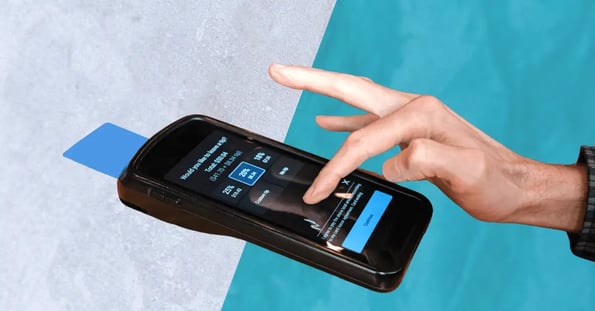If you’ve ever traveled abroad, then you know that figuring out the local tipping etiquette can be tricky.

But what happens when that uncertainty follows you home?
Americans are dealing with exactly that, according to a new study from the Pew Research Center.
The rise of “tipflation” has meant iPads popping up seemingly everywhere asking us if we want to add a tip. And with new tipping expectations comes a lot of confusion for consumers.
In its survey of 12k US adults, Pew found that:
- 72% say tipping is expected in more places today than it was five years ago.
- 40% oppose businesses suggesting tip amounts to their customers.
- 72% oppose businesses including automatic service charges or tips on bills.
And Americans are split on whether or not they even need to tip: 21% say tipping is a choice, 29% say it’s an obligation, and 49% say it depends on the situation.
That’s leading to a lot of confusion
Only 34% of Americans think it’s extremely or very easy to know whether they need to tip at all, and only 33% say the same about knowing how much to tip.
What most — 77% — seem to agree on is that the quality of service they receive is a major factor in deciding how they’ll tip.
Respondents say they tip when:
- Eating at a sit-down restaurant (92%)
- Getting a haircut (78%)
- Ordering food through a delivery app (76%)
- Buying a drink at a bar (70%)
- Using a taxi or ride-share service (61%)
But there are plenty of gray areas: Only 25% tip when grabbing coffee, and just 12% report tipping at fast-casual restaurants.
And while most agreed that tipping at a sit-down meal is the right thing to do, customers are divided on the amount.
The majority (57%) tip 15% or less at a restaurant, while only a quarter say they’d tip 20% or more.
One last thing: For the 2% who said they never leave any tip at sit-down restaurants — we’re in a fight.
bc75.jpg)